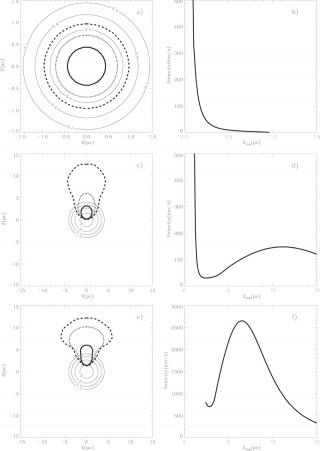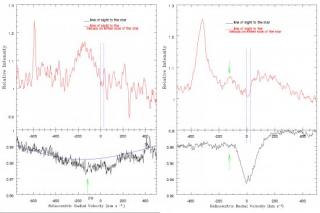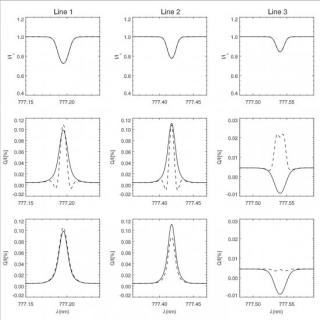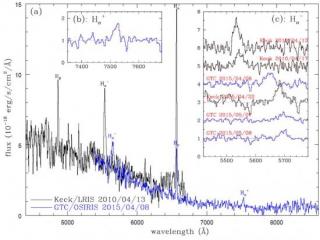
Our arguments deal with the early evolution of Galactic globular clusters and show why only a few of the supernovae products were retained within globular clusters and only in the most massive cases (M>106 solar masses) while less massive clusters were not contaminated at all by supernovae. Here we show that supernova blast waves evolving in a steep density gradient undergo blowout and end up discharging their energy and metals into the medium surrounding the clusters. This inhibits the dispersal and the contamination of the gas left over from a first stellar generation. Only the ejecta from
Advertised on



